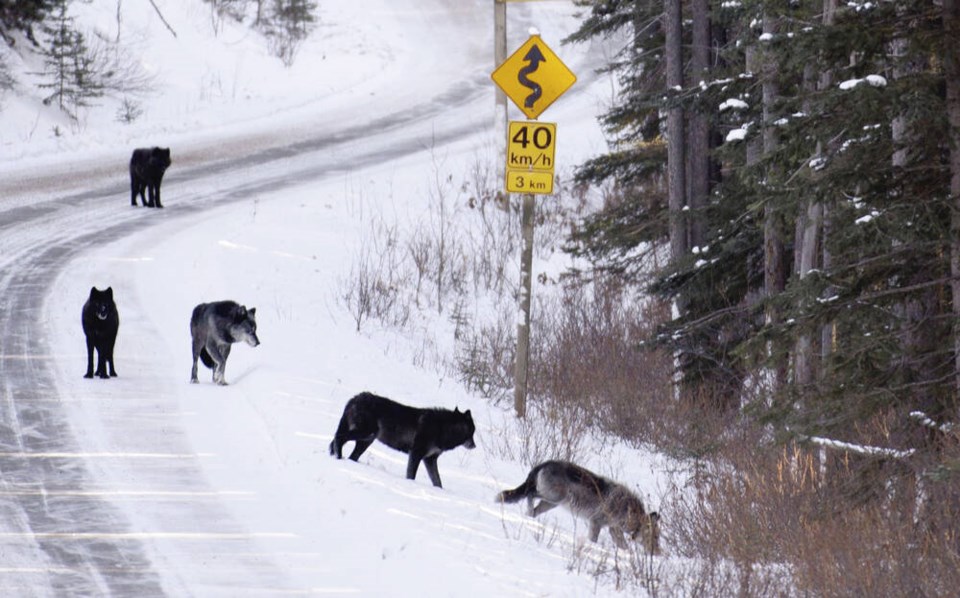A commentary by the director of conservation intelligence at the charity Pacific Wild Alliance. He lectures annually at Royal Roads University in the legal aspects of environmental management.
For the rest of March, the silence of our remote saąúĽĘ´«Ă˝ wilderness will be broken by the whirr of helicopter blades and the haunting echoes of shots fired from these airborne machines.
The target? Canis lupus (grey wolves).
Since 2015 more than 1,700 saąúĽĘ´«Ă˝ wolves have been killed as part of a purported government plan to protect and recover endangered caribou.
With nothing more than a riot of questionable academic speculations, the plan of “killing to conserve” is failing and rendering a mockery of the scientific method.
In what has been nothing more than a carnival of administrative madness, the provincial government has successfully co-opted science in an effort to front-face industry lobbying within critical caribou habitat.
Simply put, wolves are not the issue of caribou population decline, industrial clear-cut logging and road building for extractive industries are. Throw in climate change, and critical caribou habitat is not expected to recover for the next 50-100 years.
With every child’s memory rooted in the European myths and legends of the big bad wolf, the three little piggies, and little red riding hood, it is easy to vilify the wolf with impunity.
It is much more difficult to make an honest attempt at understanding their complex, social family dynamics and their place in a balanced ecology — a process of knowledge development that requires transparency in the government’s wolf kill program and a certain level of intra-species compassion.
But transparency and compassion appear at the bottom of the provincial government’s priority list.
The government says its aerial killing actions are humane, but it is refusing to release more than 600 photographs and 14 videos for an independent third party audit.
Instead, a senior official for the wolf kill program told a staffer working for the conservation organization Pacific Wild Alliance: “We [the government] will never release those photos because we know what you would do with them.”
Photographic evidence not only advances public education regarding government wildlife kill programs but would also reveal if the kill shots were in accordance with veterinarian standards.
The government has not done its job in providing balanced, transparent, and accurate information to the public.
Instead, it has chosen to spend their media and research dollars on the development of hysteria and scapegoating (sorry, scapewolfing) tactics.
The province has no statutory right to deny or deliberately delay the public’s information access rights to the wolf kill program, yet they continue to do so.
Having said this, there is a simpler solution that can bring the bureaucratic mania to an end. If our public servants and government contractors refused to shoot, the wolf killings would come to an immediate halt.
But pay someone enough money, shroud the justification for the killings in some sort of higher-calling wolf war rhetoric, and I suppose even the most hesitant of conservation mercenaries would gladly float around in the clouds for a few hours, achieving the impugned greater good of the Caribou with every pull of the trigger.
I do not expect the government to show any retrospective sympathy for wolves. However, with costs estimated to balloon beyond $10 million in the coming years, I do expect government restraint and an end to fairy-tale kill policies rooted in European fantasy, vilification, and dubious scholastic conjectures.



